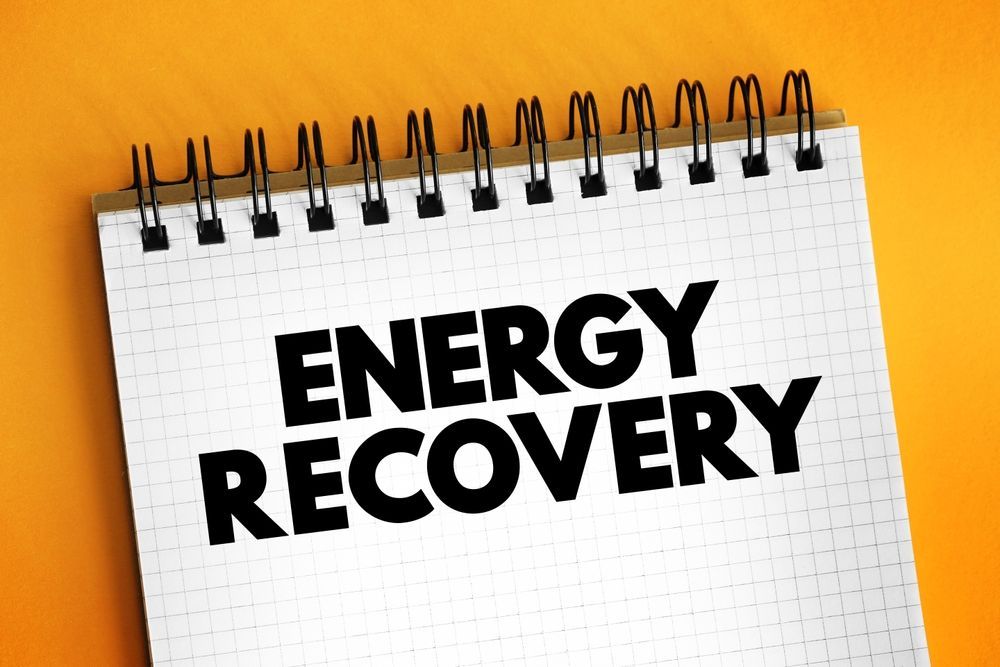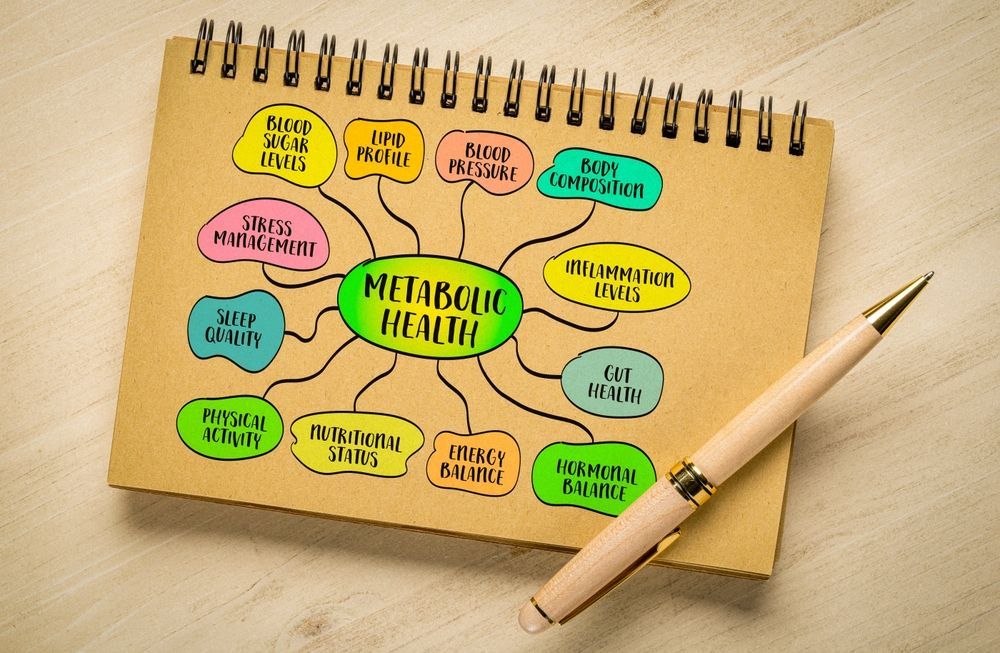How IV Therapy Can Help You Recover Faster

In recent years, intravenous (IV) therapy has gained significant popularity as a method to enhance health and expedite recovery. Whether you are bouncing back from an illness, recovering from a workout, or simply in need of a nutrient boost, IV therapy offers a range of benefits that can help you feel better, faster. In this article, we will delve into the fundamentals of IV therapy, its role in recovery, various types available, safety considerations, and tips on how to prepare for your first session.
Understanding the Basics of IV Therapy
What is IV Therapy?
IV therapy involves the delivery of fluids, vitamins, and nutrients directly into the bloodstream through a vein. This method provides a more immediate and efficient means of nutrient absorption compared to oral supplementation, which can be hindered by various digestive issues.
Typically administered in a clinical or spa setting, IV therapy can be customized to suit individual health needs. The infusion can include electrolytes, vitamins, minerals, and other supportive nutrients, all tailored to enhance each person’s recovery process. For instance, athletes often seek IV therapy to replenish lost electrolytes and improve recovery times after intense workouts, while individuals recovering from illness may benefit from a nutrient boost to help restore their energy levels and overall wellness.
The Science Behind IV Therapy
The body's ability to absorb nutrients can vary considerably based on several factors, including gastrointestinal health, metabolic rate, and overall health conditions. IV therapy bypasses these limitations by delivering nutrients directly into the bloodstream, which allows for 100% bioavailability.
This direct method not only speeds up the process but also allows for higher concentrations of specific nutrients to be delivered, optimizing their effectiveness. Research has shown that properly formulated IV solutions can aid in reducing inflammation, boosting immune responses, and even improving hydration levels. Additionally, IV therapy has gained popularity for its potential to alleviate symptoms of hangovers, as it can quickly replenish lost fluids and electrolytes, providing rapid relief. Many clinics now offer specialized formulations designed specifically for this purpose, often including a mix of B vitamins, vitamin C, and anti-nausea medications to enhance recovery.
Moreover, the versatility of IV therapy extends beyond just hydration and nutrient replenishment. It has also been explored in the context of chronic conditions such as fibromyalgia and chronic fatigue syndrome, where patients report significant improvements in their symptoms after receiving tailored IV infusions. The ability to deliver high doses of antioxidants, such as glutathione, through IV therapy is particularly noteworthy, as these compounds can help combat oxidative stress and support cellular health, making it a compelling option for those seeking holistic approaches to wellness.
The Role of IV Therapy in Faster Recovery
How IV Therapy Works to Speed Up Recovery
IV therapy works by providing your body with the essential nutrients it needs to recover more swiftly. For instance, after intense physical activity or illness, the body often requires a higher intake of fluids and nutrients to replenish what has been lost.
IV therapy can help combat dehydration by quickly restoring fluid balance and supplying vital nutrients such as vitamin C, magnesium, or B vitamins, which can aid in repairing tissue and reducing recovery time.
The Benefits of IV Therapy for Recovery
The benefits of IV therapy in recovery go beyond hydration. Many practitioners and patients have reported significant advantages, including:
- Enhanced Hydration: Quickly rehydrates and restores electrolyte balance.
- Boosted Immune Function: Provides essential vitamins that support immune health.
- Increased Energy Levels: Nutrient infusions may reduce fatigue and improve overall energy.
- Better Nutrient Absorption: Direct delivery ensures maximum uptake.
Different Types of IV Therapy for Recovery
Hydration IV Therapy
Hydration IV therapy is focused on replenishing fluids and electrolytes, making it a popular choice for athletes, those recovering from illness, or individuals experiencing dehydration from heat or exercise.
This type of therapy typically includes a saline solution combined with electrolytes such as potassium and sodium, which helps restore the body’s fluid balance quickly and effectively.
Vitamin Infusion IV Therapy
Vitamin infusion therapy is tailored to individual needs depending on health goals. Popular infusions might include high-dose vitamin C, B vitamins, or various antioxidants. This therapy is often chosen to boost energy levels, support immune health, or aid in detoxification.
The specific combination of vitamins and minerals can be adjusted based on an individual’s health status, dietary habits, and recovery needs, making it a personalized approach to wellness.
The Safety and Risks of IV Therapy
Potential Side Effects of IV Therapy
While IV therapy is generally safe, it is important to be aware of potential side effects. Common side effects may include:
- Discomfort or pain at the injection site
- Allergic reactions to ingredients
- Fluid overload in susceptible individuals
It is crucial to discuss your health history and any conditions with your healthcare provider before undergoing IV therapy to minimize risks.
Who Should Avoid IV Therapy?
IV therapy may not be suitable for everyone. Those with heart or kidney issues, certain allergies, or individuals who are pregnant should seek medical advice before starting treatments. Additionally, severe dehydration or electrolyte imbalances might necessitate emergency medical intervention rather than routine IV therapy.
Preparing for Your First IV Therapy Session
What to Expect During an IV Therapy Session
During your first IV therapy session, you will usually start with a consultation where a healthcare provider will assess your needs and discuss your health history. The actual infusion process typically lasts between 30 minutes to one hour, depending on the type of treatment.
The staff will insert a small needle into a vein, and you can relax while the nutrients are delivered. Many facilities offer a comfortable environment with options for TV, music, or reading during your session.
Post-IV Therapy Care and Tips
After your IV therapy session, it is advisable to drink water to maintain hydration and observe how your body feels. You might experience an increase in energy or improved wellness shortly after therapy. However, if you notice any concerns or unusual reactions, do not hesitate to contact your healthcare provider.
Incorporating a balanced diet and staying hydrated in the following days will further support your recovery and help maintain the benefits achieved through IV therapy.
In conclusion, IV therapy can be an effective tool in accelerating recovery for individuals with various health needs. Understanding the basics and benefits, along with proper preparation and safety considerations, can help you make informed decisions about whether IV therapy is right for you.










